Incorporating Technology in Math Education: Tools and Techniques for Modern Teachers
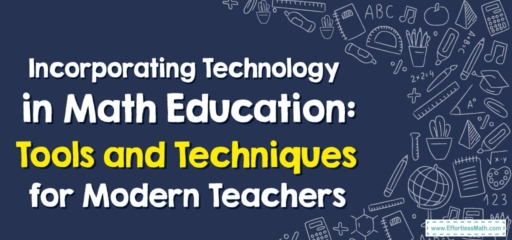
Learning and teaching in the post-COVID era have changed. Gone are the days of whiteboards and classrooms, laborious explanations, and lifeless rote/speed learning. Now more than ever, technology and learning are merging into one lane, offering up new possibilities for educators.
Math, considered one of the least favorite subjects for many students, has been revamped with explainer videos, animations, movies, and other media and tools. How can this be integrated into your classroom, and what do you need to know about the topic?
Let’s dive into the advancements made to discover more about how to be a maths teacher in the digital era of learning and teaching.
Integrate Technology In The Classroom
There are several ways you can incorporate technology into a math classroom. Some of the technologies available include:
- Using tools to automate repetitive tasks. This can include grading students, giving them feedback on areas of improvement, and generating automatic reports. This saves time and energy, allowing you to focus on other aspects of teaching.
- Tracking learning analytics with digital platforms. These tools can collect student progress data, analyze their strengths and weaknesses, and help monitor outcomes. It helps identify gaps or misconceptions to provide personalized support.
- Encouraging collaboration with e-learning tools. These tools help facilitate communication, interaction, and cooperation among students. For instance, you can leverage online forums, video conferencing, and chats to create a virtual community of learners and use collaborative software like Google Docs or Padlet to power projects and assignments.
- Gamification. Games are universally interesting to students, but aren’t often used for teaching. In math, you can use game elements like points, badges, levels, and leaderboards to motivate students and reward their efforts. Gamification also helps with fostering creativity, problem-solving skills, and critical thinking.
Ensure Technology Integration Is Pedagogically Appropriate
While technology is a practical and interesting addition to a classroom, it does not translate well without a framework for applying it. For that, consider the following:
- Use the Technological Pedagogical Content Knowledge (TPACK) framework to analyze and reflect on the interplay of pedagogy, technology, and content in mathematics instruction. The framework can help you pick and implement technology tools that align with your class’s goals, objectives, and standards. That helps support students’ conceptual understanding, mathematical practices, and problem-solving skills.
- Leverage tools that promote active learning, differentiated instruction, and inquiry-based learning to avoid the pitfalls of rote memorization or speed over understanding. For instance, you could use virtual simulations, games, or manipulatives to allow students to explore, discover, and construct mathematical concepts and relationships. Other tools include adaptive software, data analysis, and online assessments to give students feedback, scaffolding, and personalized learning journeys.
- Balance the use of technology with other forms of mathematics instruction with the SAMR model. This model describes four technology integration levels: Substitution, Augmentation, Modification, and Redefinition. The first two levels use technology to enhance existing tasks or activities, while the last two use technology to transform or create new tasks or activities. The model helps design technology-enhanced lessons that bring depth, creativity, and complexity to mathematics learning.
Account For The Grade Level, Duration, and Instructional Role of the Technology
Technology as a key component of the classroom can sometimes be applied in ways that make it less valuable. You should consider the following when exploring technology integration in a mathematics classroom.
The Grade Level
Students at various learning stages require tools appropriate for their age and mathematical level. You can use technology tools that align with the curriculum standards and expectations. For instance, you could use virtual manipulatives, like base-ten blocks or fraction bars, to help elementary-level students understand number operations or concepts.
For secondary students, you could use graphing calculators, computer algebra systems, and dynamic geometry software, and more advanced tools to fit the level.
Duration
For this part, consider the length and frequency of your mathematics lessons. For example, online games or quizzes could introduce a topic quickly. You can also leverage online platforms and learning management systems to create and assign longer-term tasks or projects that require technology use.
The Instructional Role
When considering what role technology serves in your class, look at the use of technology tools that enhance your role as a facilitator of mathematics instruction rather than a transmitter of information. You could, for instance, use technology tools that enable you to demonstrate, explain, and model math concepts, instead of stepping back and letting everything happen automatically.
You can also use technologies that encourage students to explore, discover, or create mathematical knowledge independently or in a group.
Technology In Math Classrooms for Inclusivity
The technology is inclusive and caters to students with disabilities, too, with the introduction of tools and software for functions like:
- Text-to-speech– Software that reads aloud any text on screen, such as books, websites, or documents. Useful for students with reading difficulties, dyslexia, and visual impairment.
- Speech-to-text– Software that converts spoken words into written text. Useful for students with writing difficulties, physical impairments, or dysgraphia.
- Word prediction– Software that suggests words or phrases based on the context and previous input. This helps students with spelling difficulties, vocabulary limitations, or slow typing speed.
- Graphic organizers– Software that helps students with planning difficulties, memory problems, or executive functioning issues organize their thoughts, ideas, and information visually.
- Assistive listening devices– ALDs can help students with disabilities in math by amplifying sound, transmitting voice directly, providing captions, transcripts, braille displays, and adapted math software.
- Alternative communication devices– These tools help students with speech disorders communicate with their educators and peers. They come in many forms, such as speech-generating devices, communication boards, PECS (Picture Exchange Communication System), and AAC (alternative communication) apps.
Open Up The Walls Of Your Class To A World Of Knowledge
To conclude, the technologies are not just inward-facing or limited to the space inside your class. You can blow open your classroom walls to let the students experience the intriguing world of mathematics.
You can contact experts on math and its application in coding, engineering, statistics, cryptography, and more with tools like Nepris and Skype in the Classroom.
Students can also interact with peers outside the classroom to collaborate and communicate with other students and classes worldwide, learning the same mathematical concepts. How? With tools like Quadblogging, ePals, or Global Math Project, students exchange ideas, questions, and challenges with other learners.
To broaden students’ perspectives even further, you can use technology tools to expose them to different contexts, cultures, and applications of mathematics in the real world. You can do this with websites like Mathalicious, Mathigon, or Real World Math to explore how mathematics is applied in fields like music, sports, art, or social justice.
Find out what you can use to good effect and start the journey to a new way of teaching and learning mathematics.
Related to This Article
More math articles
- 10 Most Common ISEE Middle-Level Math Questions
- How to Multiply Exponents? (+FREE Worksheet!)
- How to Find Function Values from the Calculator
- Top 10 GED Math Prep Books to buy! (2026 Picks)
- 5th Grade Georgia Milestones Assessment System Math Worksheets: FREE & Printable
- 5th Grade TNReady Math Worksheets: FREE & Printable
- How to Interpret Categorical Data
- Students Effective Use of Math Skills in Other Academic Disciplines
- Top 10 Free Websites for ACCUPLACER Math Preparation
- Top 10 Trigonometry Books: A Comprehensive Guide for Students and Teachers (Our 2026 Favorite Picks)
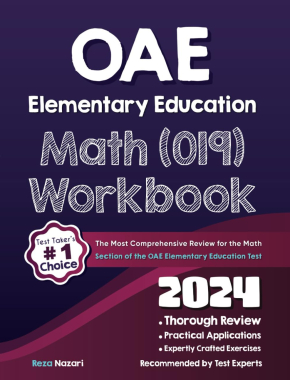
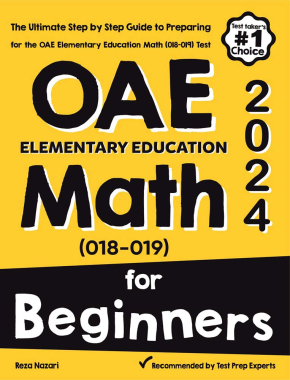
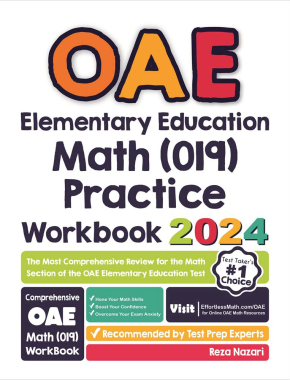
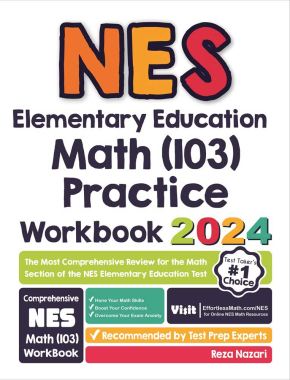
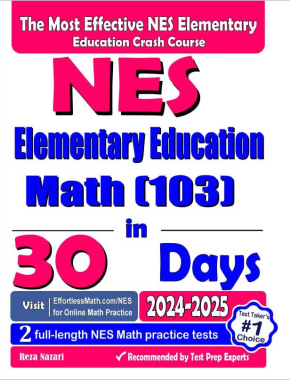
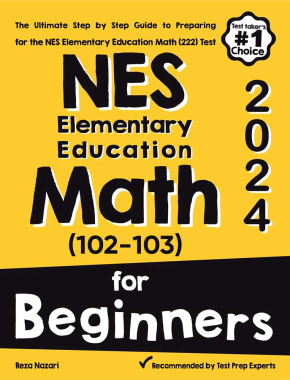
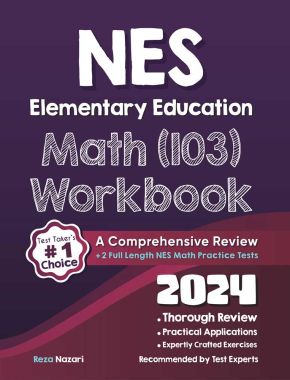
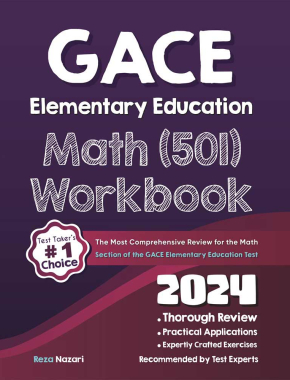
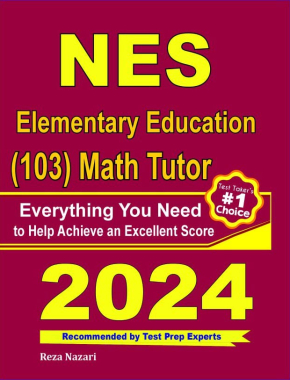
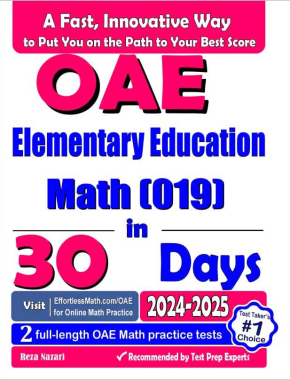
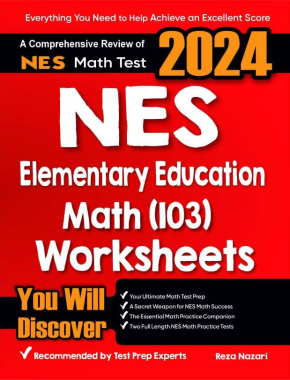
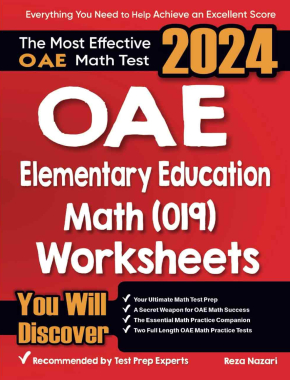
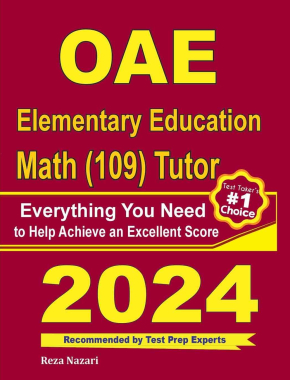
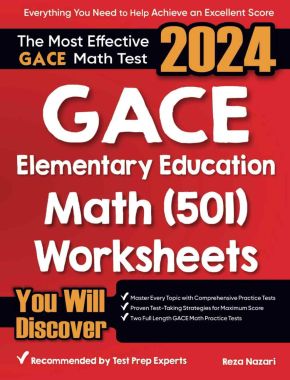
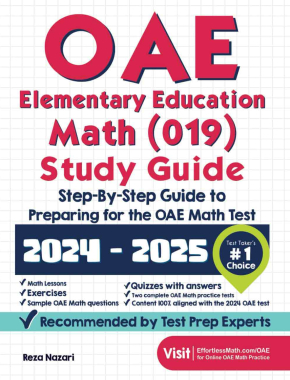
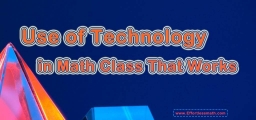

What people say about "Incorporating Technology in Math Education: Tools and Techniques for Modern Teachers - Effortless Math: We Help Students Learn to LOVE Mathematics"?
No one replied yet.